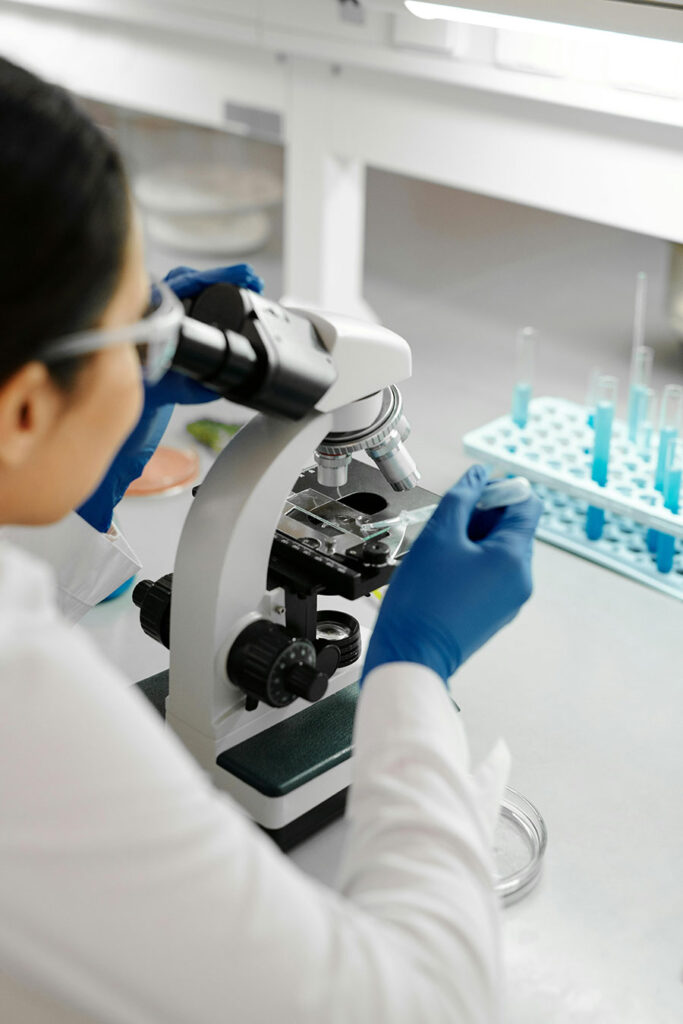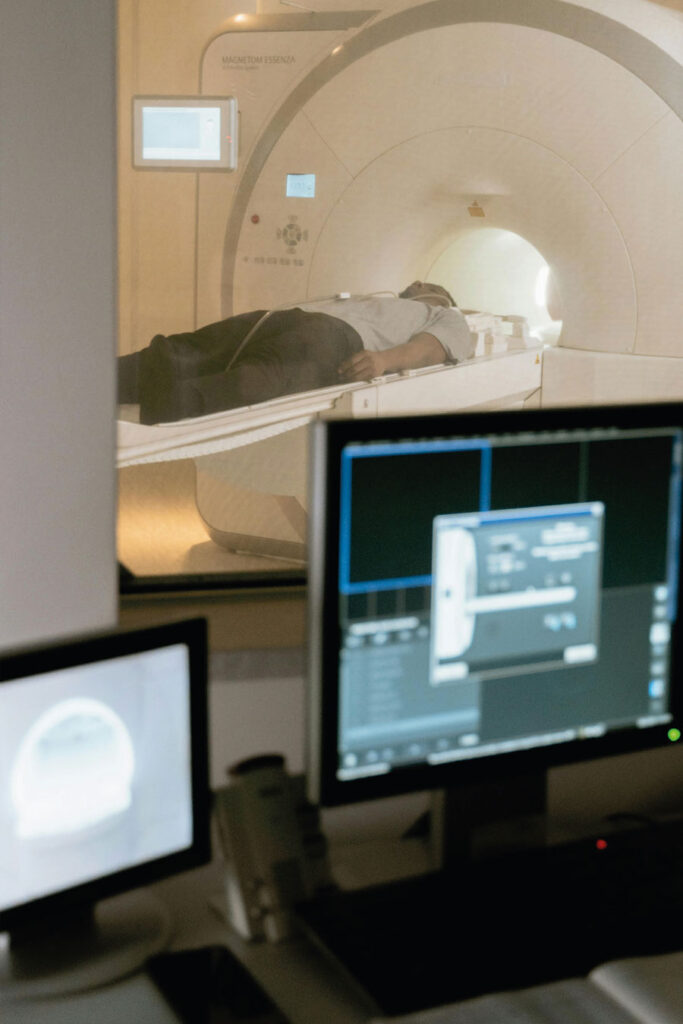CONSULTING
Building a more equitable health system for rare diseases
IDOM is contributing to the building of a health care system that is more inclusive, more efficient, and more responsive to the specific needs of people affected by rare diseases.
Rare diseases, as defined by the World Health Organization (WHO) and the European Union, affect fewer than 5 people per 10,000. This small number of cases is exacerbated by the diversity of their causes, which can be genetic, autoimmune, malformation or infectious, resulting in conditions that cause physical, psychological, or intellectual impairment.
The uniqueness of rare diseases is reflected not only in their low prevalence, but also in the wide variety of symptoms, which differ not only between diseases, but also between individuals affected by the same pathology. As a result, the diagnosis and treatment of rare diseases are complex and require an individualized approach.
According to the European Organization for Rare Diseases EURORDIS, these diseases, most of which are chronic and degenerative, pose a major challenge to their sufferers:

- It is estimated that 30 million people in Europe live with rare diseases.
- There are more than 6000 different rare diseases.
- 75% of these rare diseases affect children.
- On average, rare disease patients take 5 years to get a diagnosis.
- The impact on employment is considerable, as 7 out of 10 people living with rare diseases and their family caregivers reduce or interrupt their professional activity due to their own or their family member’s rare disease.
The role of patient associations in the fight against rare diseases

Patient support groups have emerged from the need to share experiences, advice and emotional support for people suffering from these diseases. These groups provide a haven where patients can find answers and solidarity in a community that shares the struggles and challenges they face.
Visibility is a fundamental aspect of the fight against rare diseases, and patient groups have a crucial role to play in advocacy for inclusion, public awareness and the integration of treatments into public health systems.
European Reference Networks (ERNs) play an important role in addressing rare diseases at the international level, in addition to the valuable work of patient organizations. These networks are made up of experts and healthcare professionals from across Europe. They aim to improve the quality of life of patients through collaboration, knowledge sharing and coordination of care. ERNs focus on specific areas of rare diseases, bringing together highly specialized professionals to ensure a comprehensive and multidisciplinary approach.
In this context, European Patient Advocacy Groups (ePAGs) play a crucial role as a link between patients and ERNs. ePAGs provide valuable information based on first-hand experience, contribute to public awareness and advocate for the inclusion of specific treatments in health care systems.
These groups, made up of patient representatives and experts in rare diseases, link the networks to the wider rare disease community and use the needs and preferences of patients to drive the definition of priorities and actions within the ERNs. To address the complexity of rare diseases, cooperation between ePAGs and ERNs is necessary.
Comprehensive evaluation of ERNs with active participation of patients and associations
IDOM has recently carried out the first comprehensive evaluation of the ERNs, highlighting the inclusion of the voice of patients and associations in ERN activities. This evaluation was carried out on the basis of the Commission Implementing Decision 2014/287/EU. During the evaluation process, the collaboration between the IDOM and EURORDIS was essential, and a fruitful dialogue was established for the involvement of this flagship organization in the evaluation of the ERNs.

The need for a collaborative approach that includes the patient perspective is highlighted by the specificity and complexity of rare diseases. At all levels, from decision-making to scientific research, EURORDIS advocates the active involvement of patient organizations. Nearly 400 patient organization representatives from the 24 existing networks were interviewed in depth. The aim of these interviews was not only to gain valuable insights and direct experience from patients, but also to understand their concerns and recommendations for improving the effectiveness and accessibility of ERNs for people living with rare diseases.
In addition, as part of the specialized clinical unit assessment, IDOM organized face-to-face interviews with patients from the more than 190 hospitals audited, ensuring a comprehensive and direct assessment of the medical care provided in different settings across Europe. These interviews provided valuable testimony on the specific challenges faced by patients and professionals in providing specialized services for rare or complex diseases.
The commitment to patient-centered care and continuous improvement of health services is reflected in the inclusion of the voice of patients and their representatives in this assessment. This comprehensive approach not only strengthens the collaboration between IDOM, ERNs and patient organizations, but also contributes significantly to the development of a more inclusive, efficient, and targeted health care system to meet the specific needs of people affected by rare diseases.



